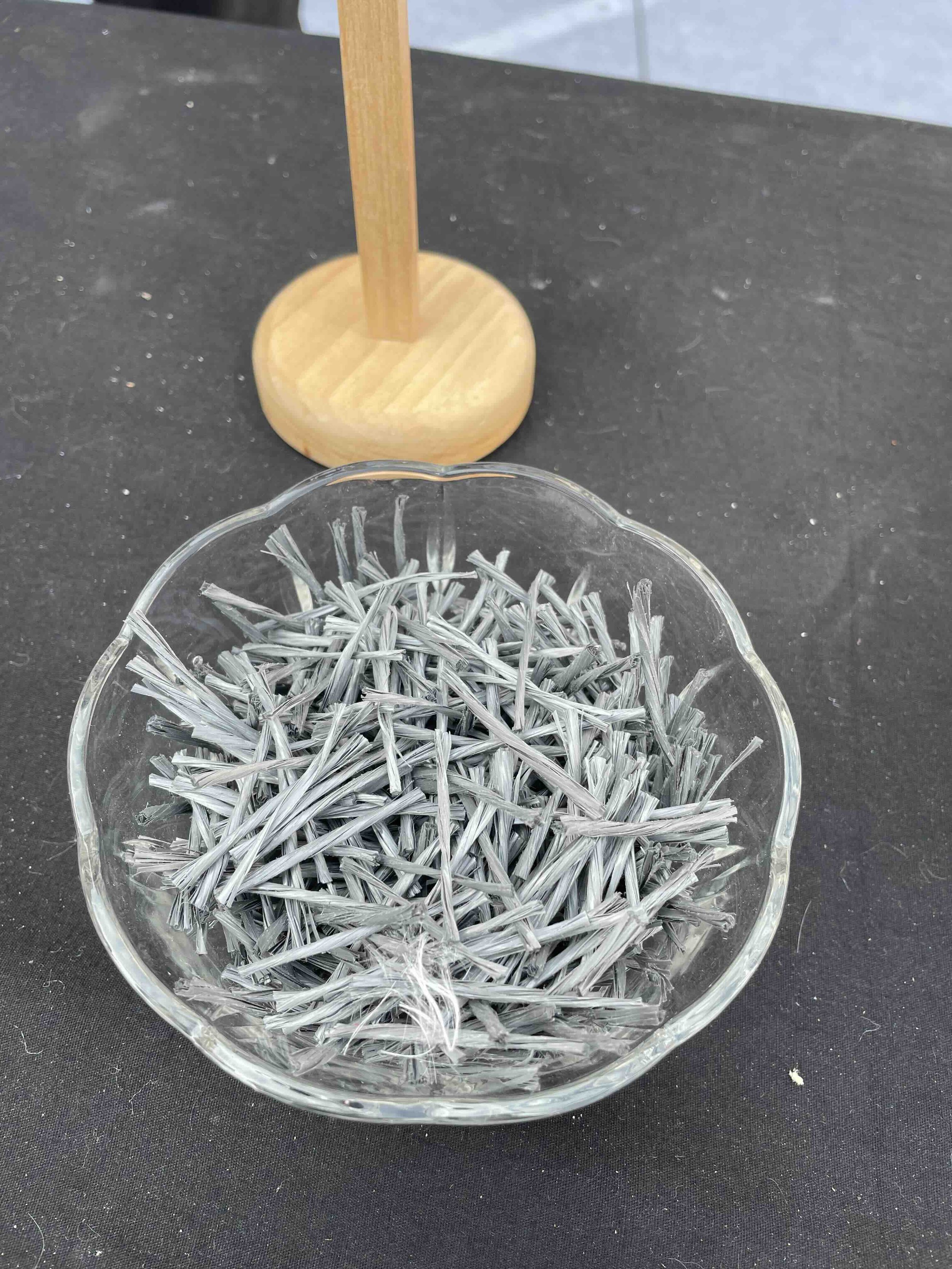
Portland Cement CEM I 42.5 N-LH/SR5
Portland Cement CEM I 42.5 N-LH/SR5
Portland Cement CEM I 42.5 N – LH/SR5 is a high-performance pure Portland cement, manufactured from high-quality clinker and a small proportion of gypsum. Specially formulated for low heat of hydration (LH) and high sulfate resistance (SR5), this cement is ideal for demanding construction environments such as coastal, marine, or sulfate-rich soils. It delivers consistent strength, excellent durability, and thermal stability in mass concrete applications.
Pure Portland Cement. Maximum Strength. Premium Performance.
🛠️ Applications
This premium Portland Cement CEM I 42.5 N-LH/SR5 is suitable for a wide range of uses :
Dams, retaining walls, and other mass concrete works. Coastal and port infrastructure exposed to seawater.
Sewage and wastewater treatment facilities. Foundations in sulfate-rich or aggressive soils.
Marine piles and precast concrete for harsh environments.
Hot climate concreting and thermally sensitive designs.
🧪 Chemical Properties
Made exclusively from clinker + gypsum, with no added mineral components.
Low C₃A (< 3.5%) content ensures high sulfate resistance (SR5).
Controlled heat release during hydration helps prevent thermal cracking.
High levels of CaO support stable and long-lasting hydration.
Very low levels of MgO, alkalis, and chlorides for increased durability.
Fully compliant with EN 197-1 standards and SR5 chemical specifications.
💡 Key Benefits
Low heat of hydration, ideal for mass concrete structures. High resistance to sulfate attack, even in harsh environments.
Ensures durability and dimensional stability over time.
Reduces the risk of thermal cracking in hot climates.
Maintains excellent compatibility with admixtures and other additives.
Suitable for critical infrastructure requiring long service life.
What you should know about Fiber Reinforced Concrete?
Glass fibers or other fibrous materials, either natural or synthetic, are added to concrete mixtures to create fibre-reinforced concrete. In other words, it’s composition of cement, sand, aggregates, water and discrete, short fibers distributed evenly throughout the material.
Fibers improve the overall energy absorption and structural integrity of concrete and reduce the risk of cracking. However, fibres are weak in flexural strength- the bending capacity of the concrete without breaking, so they are not a substitute for steel reinforcement concrete.
When blending fiber-reinforced concrete, two factors to consider are the fiber size, also known as the aspect ratio, which is the length of the fiber divided by its diameter, and the water-cement ratio. Since the volume of fibers used in the concrete can affect the strength and durability of the structure, it is also important to consider the percentage of fiber you use in the concrete.


